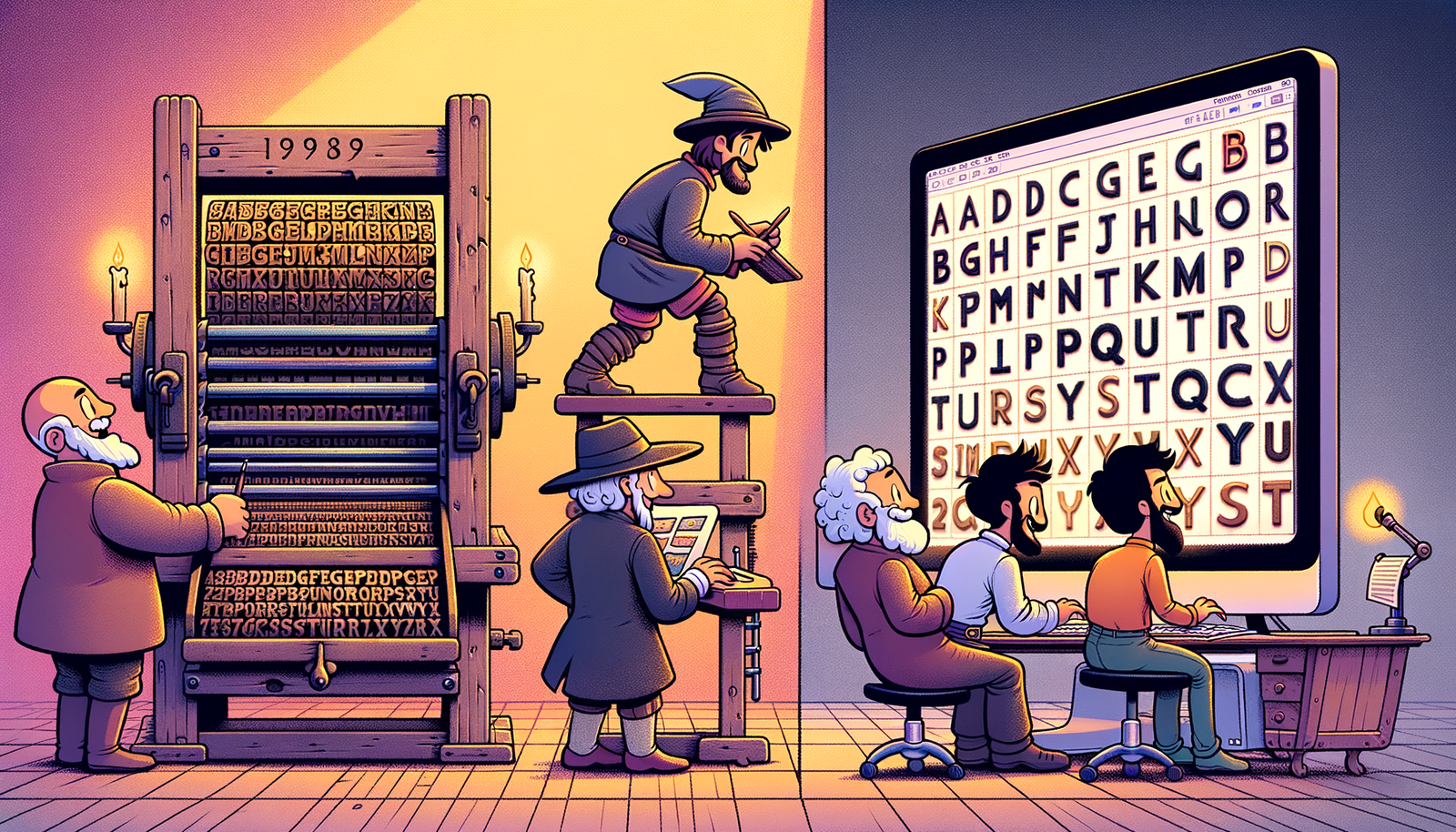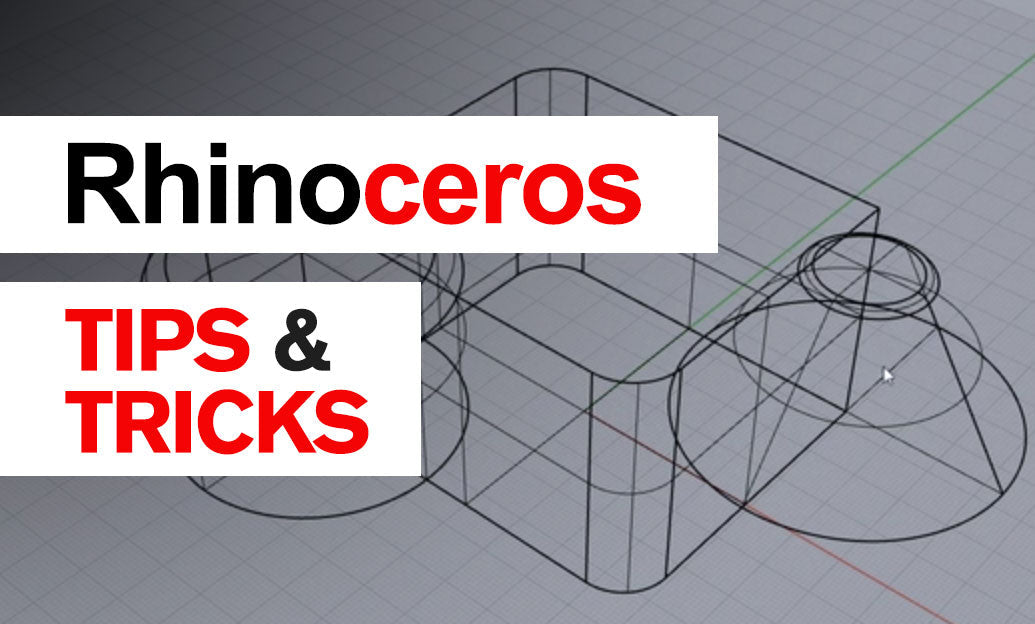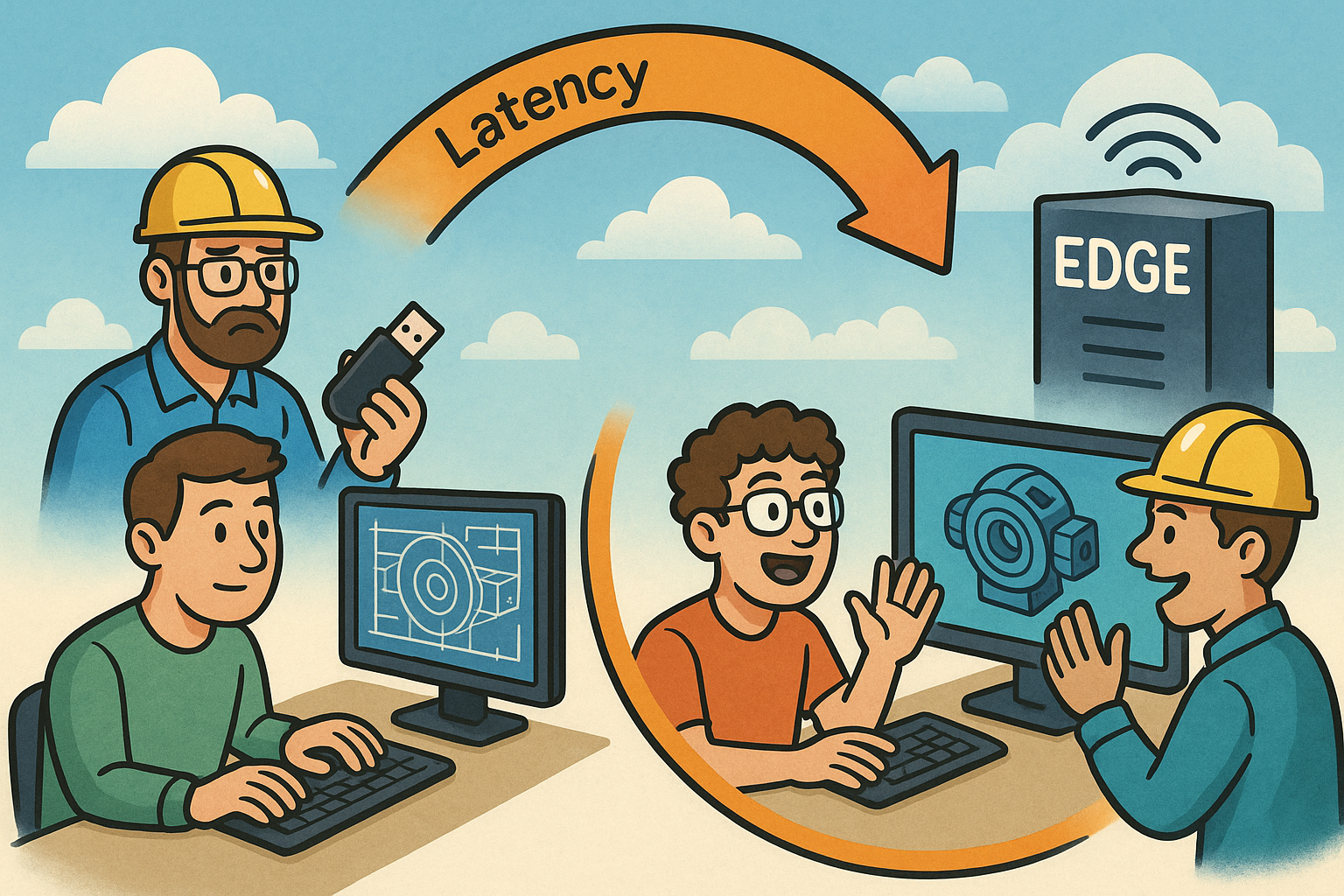Your Cart is Empty
Customer Testimonials
-
"Great customer service. The folks at Novedge were super helpful in navigating a somewhat complicated order including software upgrades and serial numbers in various stages of inactivity. They were friendly and helpful throughout the process.."
Ruben Ruckmark
"Quick & very helpful. We have been using Novedge for years and are very happy with their quick service when we need to make a purchase and excellent support resolving any issues."
Will Woodson
"Scott is the best. He reminds me about subscriptions dates, guides me in the correct direction for updates. He always responds promptly to me. He is literally the reason I continue to work with Novedge and will do so in the future."
Edward Mchugh
"Calvin Lok is “the man”. After my purchase of Sketchup 2021, he called me and provided step-by-step instructions to ease me through difficulties I was having with the setup of my new software."
Mike Borzage
Evolving Typography: From Gutenberg to Digital Age Design Revolution
August 05, 2024 3 min read


The Historical Context of Typography in Design
Typography has long been a cornerstone of artistic and commercial design, serving as both a medium and message in countless works. Its origins trace back to the invention of movable type, a revolution that made mass printing possible and transformed the dissemination of information. This pivotal moment in history laid the foundation for the typography we know today, highlighting its importance in design.
The evolution from analog to digital typography represents a monumental shift in how designers approach text. The journey from meticulously arranged metal typefaces in printing presses to digitally manipulated fonts on screens illustrates not just a change in tools, but a fundamental transformation in the creative process itself.
- The invention of the first printing press by Johannes Gutenberg.
- The rise of phototypesetting in the mid-20th century.
- The advent of digital typography with the introduction of personal computers and graphic design software.
Revolutionary Changes Brought by Digital Tools
The transition from physical typesetting to software-based typography was nothing short of revolutionary. This shift not only made typographic design more accessible but also expanded the creative possibilities for designers. The impact of digital design tools on typography practices has been profound, facilitating a level of creativity and experimentation previously unimaginable.
Modern design software has transformed typographic design through a host of innovative features:
- Font creation and customization tools allow designers to craft unique typefaces tailored to specific projects.
- Advanced text layout and manipulation capabilities enable intricate designs and layouts that were difficult or impossible to achieve with analog methods.
- Integration of typography with other design elements in digital software allows for cohesive and interactive designs that engage audiences in new ways.
Current Trends and Advanced Technologies
The landscape of typographic design continues to evolve, driven by advancements in technology and changes in digital media consumption. AI and machine learning are beginning to automate aspects of typographic design, promising to streamline the design process while sparking debates about creativity and originality.
Emerging trends and technologies shaping the future of typography include:
- Web-based typography tools that offer greater accessibility and collaboration opportunities for designers worldwide.
- Interactive and responsive typography, which adapts to user interactions and screen sizes, enhancing the user experience in digital media.
Looking ahead, the integration of typography with VR (Virtual Reality) and AR (Augmented Reality) opens up new frontiers for design, while the potential impact of blockchain technology on font licensing and copyright heralds significant changes for the industry.
Challenges and Opportunities for Designers
As technology reshapes the landscape of typography, designers face both challenges and opportunities. Balancing automation with creative control is a pressing issue, as AI and software tools become more capable. Yet, the imperative to understand the fundamentals of typographic design remains, underscoring the value of human creativity and insight.
Opportunities for designers in the digital age are abundant, particularly for those who specialize in niche areas such as custom font design. Moreover, the growing emphasis on UX and UI design highlights the increased demand for skilled typographic designers.
In conclusion, as we move forward, the role of designers in shaping the future of typography through technology has never been more crucial. Embracing the evolving tools while honoring the timeless principles of good design will ensure that typography continues to be a vibrant and essential element of visual communication.
Also in Design News

Rhino 3D Tip: Build reusable, data‑driven title block templates in Rhino
December 11, 2025 2 min read
Read More
Live Performance Budgets: Real-Time Cost, Carbon, Energy and Lead-Time in CAD/BIM
December 11, 2025 14 min read
Read MoreSubscribe
Sign up to get the latest on sales, new releases and more …



